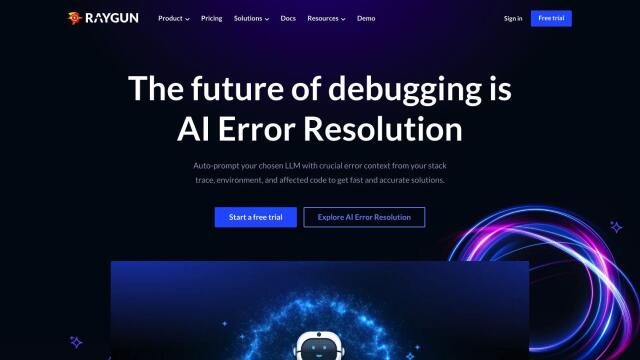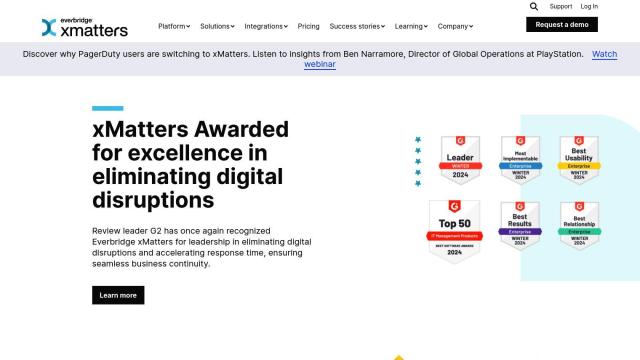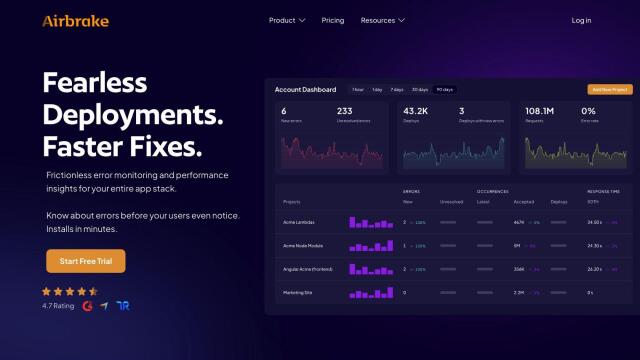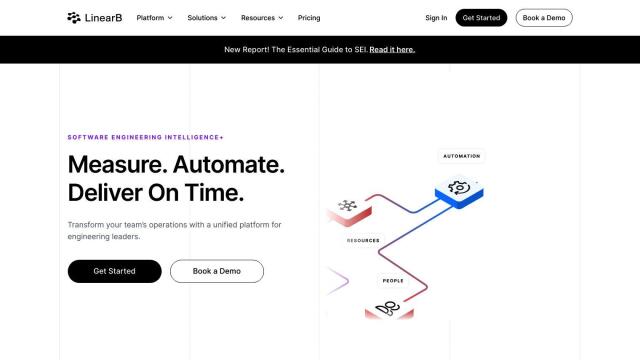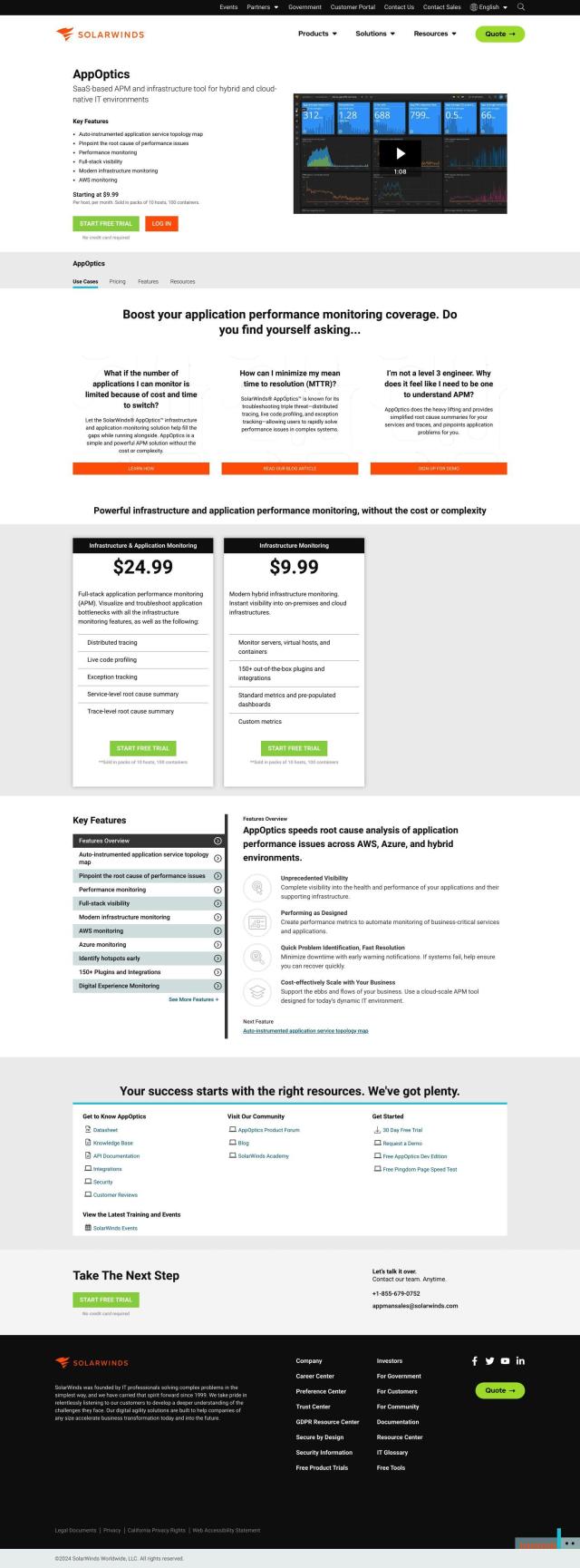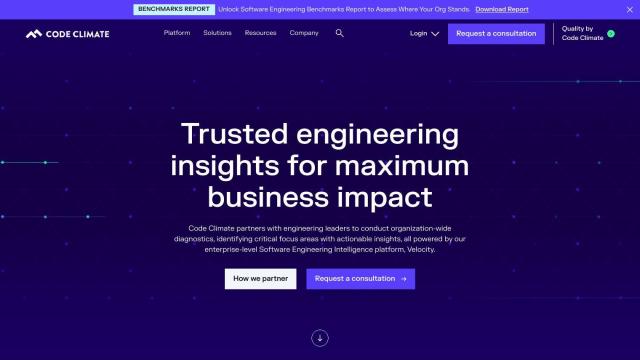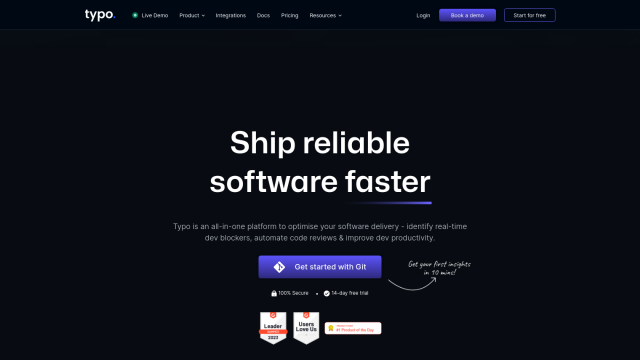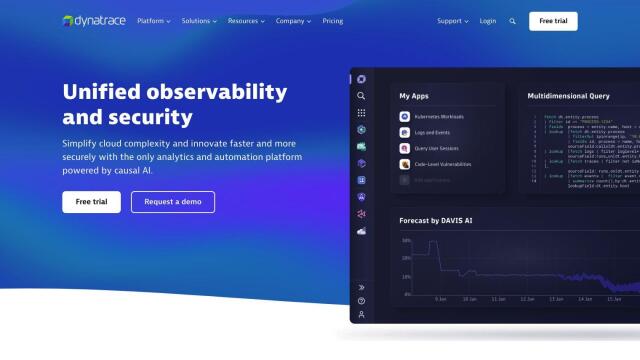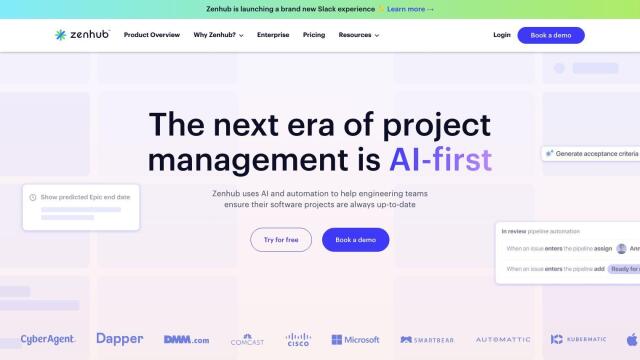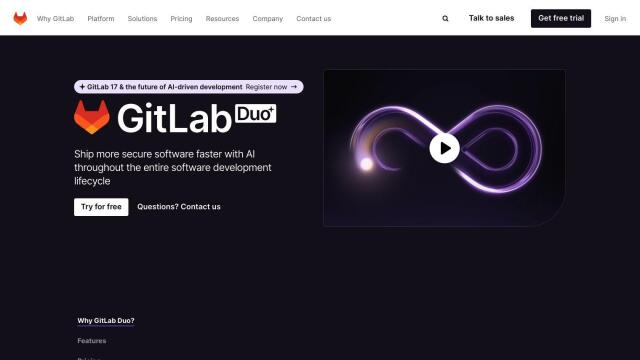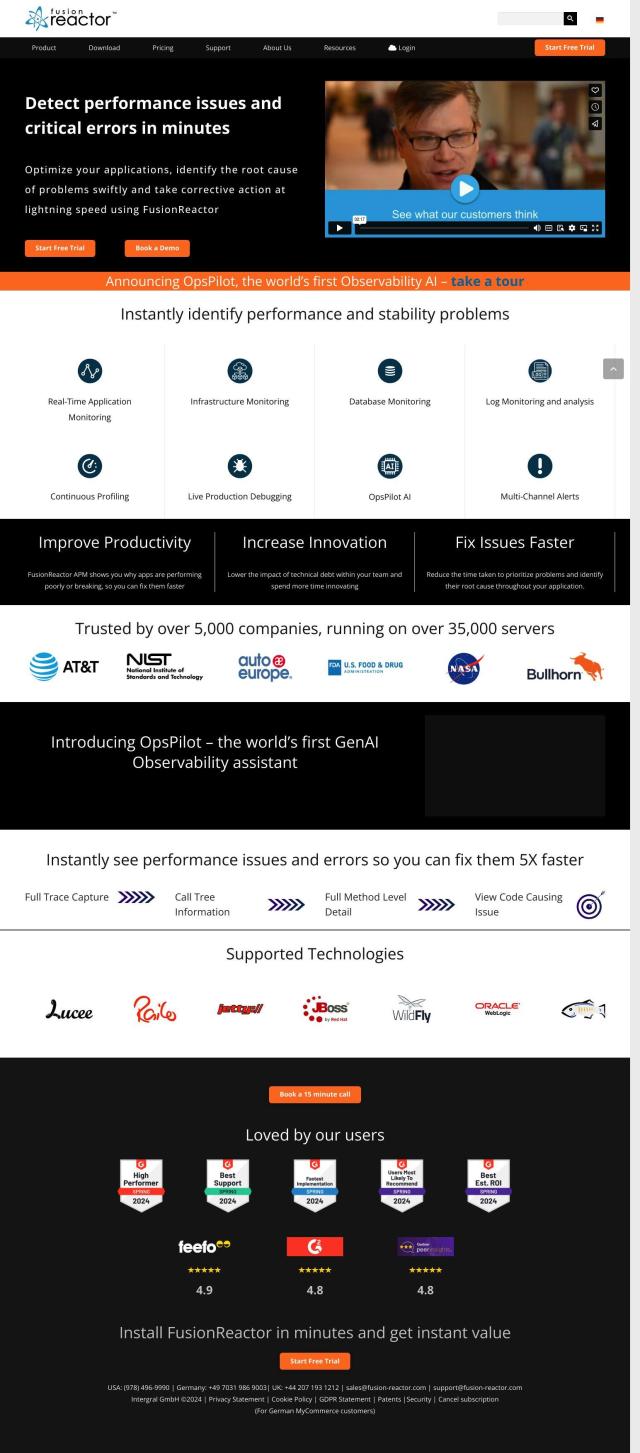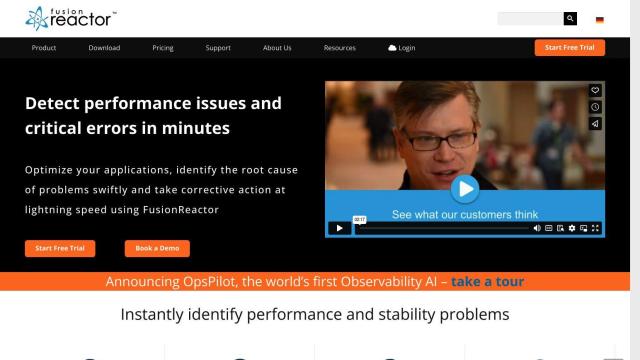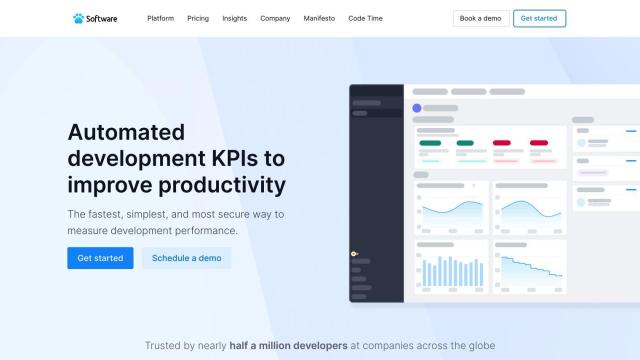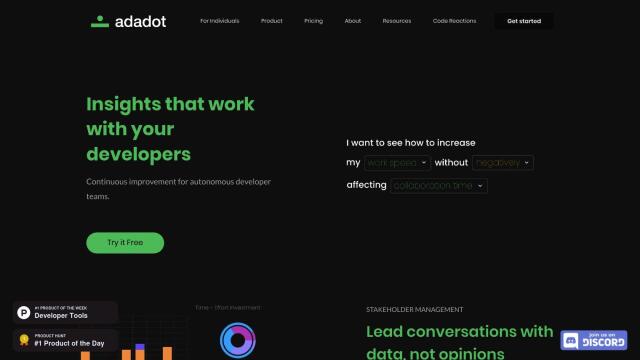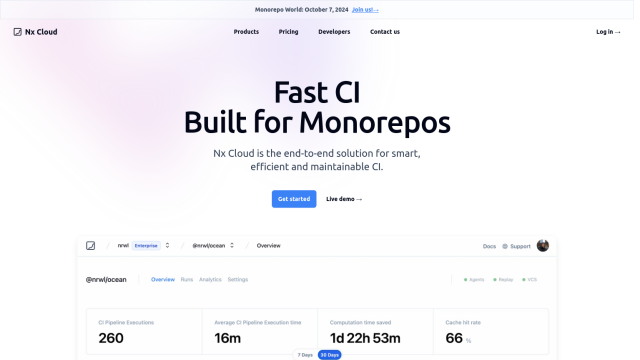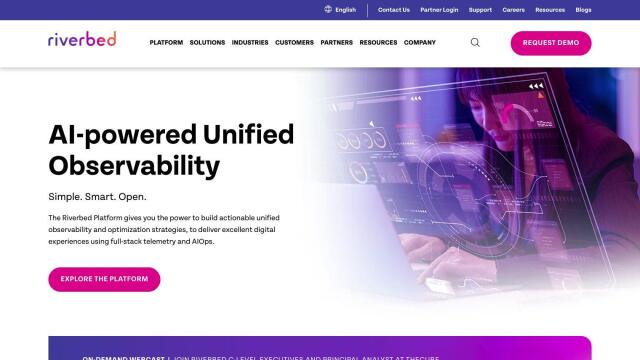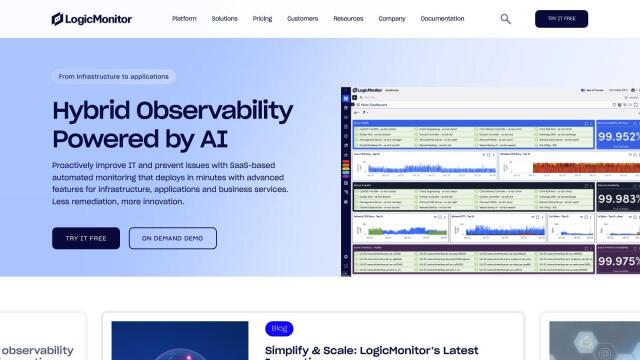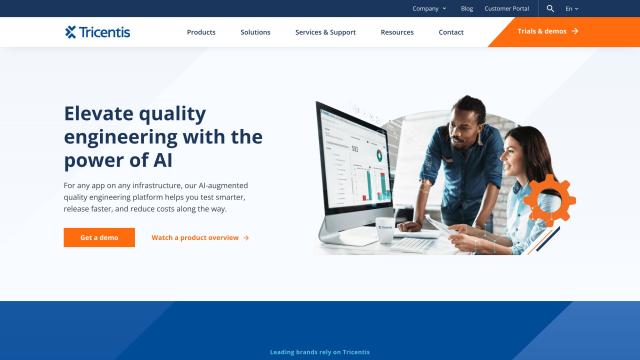Question: How can I reduce my mean time to resolve (MTTR) and improve my developer productivity, are there any tools that can help with that?

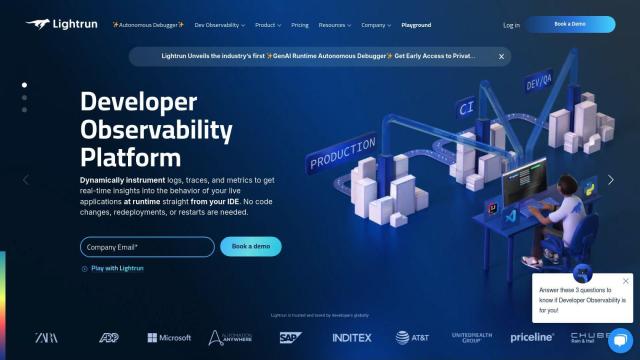
Lightrun
If you're trying to lower your mean time to resolve (MTTR) and boost developer productivity, Lightrun is worth a look. This developer observability platform provides real-time visibility into live applications without requiring any code changes. It lets developers instrument logs, metrics and traces directly from their IDE to better debug and troubleshoot live applications. Lightrun can lower MTTR up to 60% and boost developer productivity up to 5x, so it's a good option if you want to speed up development and improve efficiency.

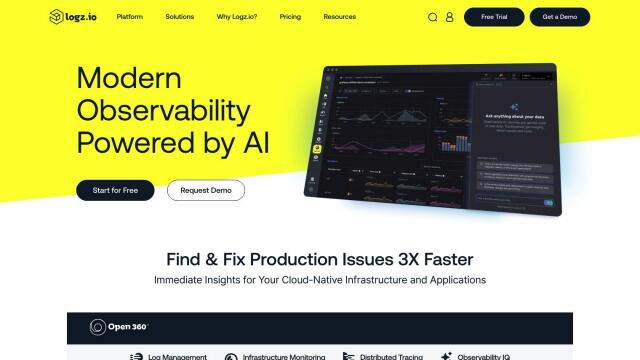
Logz.io
Another good option is Logz.io, a modern observability platform that packages open-source monitoring tools like OpenSearch, Prometheus and OpenTelemetry. It offers high-performance log analytics, centralized metrics monitoring and distributed tracing, along with AI-powered features for anomaly detection and alert recommendations. Logz.io can monitor more than 300 cloud platforms and applications, so it's pretty flexible, and it can lower MTTR with its Observability IQ feature.

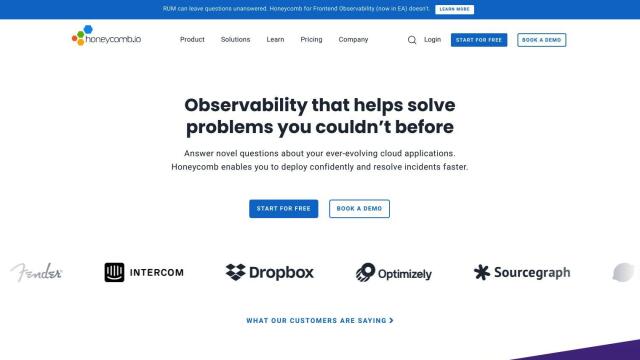
Honeycomb
Honeycomb is also worth a look. It helps teams quickly pinpoint the root cause of problems in distributed services so they can deploy and resolve incidents faster. With features like distributed tracing, smart data sampling and debuggable Service Level Objectives (SLOs), Honeycomb means you don't lose visibility or pay for extra capacity while you're debugging. Its AI-Powered Query Assistant and integration with Slack for real-time graph updates are nice touches when it's time to resolve the issue.

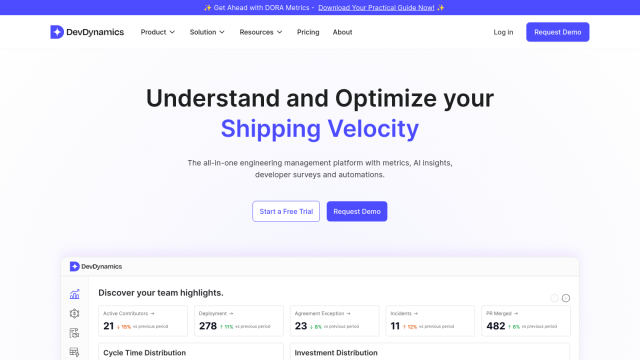
DevDynamics
If you're looking for an engineering management platform, you might also consider DevDynamics. The platform offers real-time metrics, AI insights and benchmarking tools to help teams make data-driven decisions and optimize engineering capacity. It integrates with popular tools like GitHub, Jira, GitLab, Slack and Linear, and offers features like actionable alerts and a variety of cycle time metrics, all designed to improve team health and engineering velocity.

